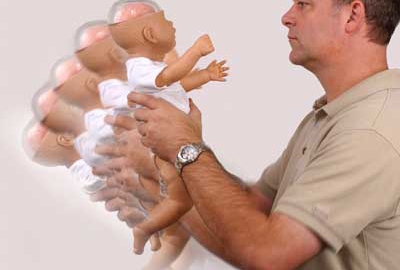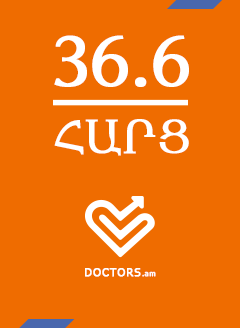Heat disorders are a group of physically related illnesses caused by prolonged exposure to hot temperatures, restricted fluid intake, or failure of temperature regulation mechanisms of the body. Disorders of heat exposure include heat cramps, heat exhaustion, and heat stroke (also called sunstroke). Hyperthermia is the general name given to heat-related illnesses. The two most common forms of hyperthermia are heat exhaustion and heat stroke. Heat stroke is especially dangerous and requires immediate medical attention.
Description
Heat disorders are harmful to people of all ages, but their severity is likely to increase as people age. Heat cramps in a 16-year-old may be heat exhaustion in a 45-year-old and heat stroke in a 65-year-old. The body's temperature-regulating mechanisms rely on the thermal-regulating centers in the brain. Through these complex centers, the body tries to adapt to high temperatures by adjusting the amount of salt in the perspiration. Salt helps the cells in body tissues retain water. In hot weather, a healthy body will lose enough water to cool the body while generating the minimum level of chemical imbalance. Regardless of extreme weather conditions, a healthy human body keeps a steady temperature of approximately 98.6°F (37°C). In hot weather, or during vigorous activity, the body perspires. As perspiration evaporates from skin, the body is cooled. If the body loses too much salt and fluids, the symptoms of dehydration can occur.
Heat cramps
Heat cramps are the least severe of the heat-related illnesses. This heat disorder is often the first signal that a body is having difficulty with increased temperature. Individuals exposed to excessive heat should think of heat cramps as a warning sign to a potential heat-related emergency.
Heat exhaustion
Heat exhaustion is a more serious and complex condition than heat cramps. Heat exhaustion can result from prolonged exposure to hot temperatures, restricted fluid intake, or failure of temperature regulation mechanisms of the body. It often affects athletes, firefighters, construction workers, factory workers, and anyone who wears heavy clothing in hot or humid weather.
Heat stroke
Heat exhaustion can develop rapidly into heat stroke, which can be life threatening. Heat stroke, like heat exhaustion, is also a result of prolonged exposure to hot temperatures, restricted fluid intake, or failure of temperature regulation mechanisms of the body. However, the severity of impact on the body is much greater with heat stroke.
Causes and symptoms
Heat cramps
Heat cramps are painful muscle spasms caused by the excessive loss of salts (electrolytes) due to heavy perspiration. This disorder occurs more often in the legs and abdomen than in other areas of the body. Muscle tissue becomes less flexible, causing pain, difficult movement, and involuntary tightness. Heavy exertion in extreme heat, restricted fluid intake, or failure of temperature regulation mechanisms of the body may lead to heat cramps. Individuals at higher risk are those working in extreme.

















